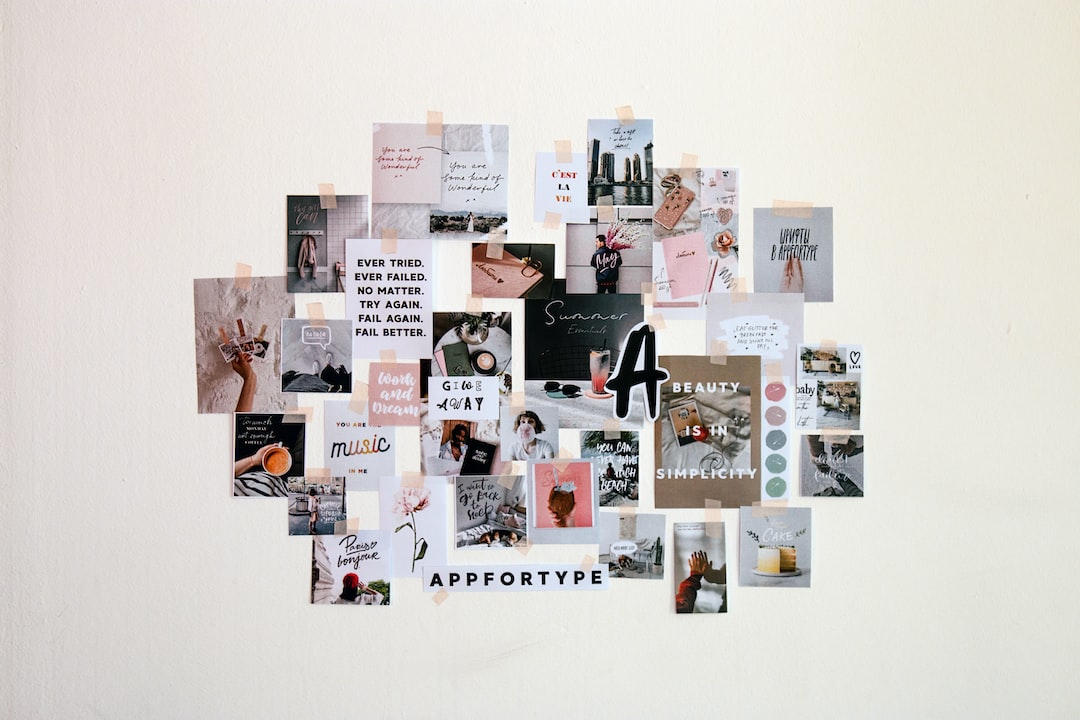Hidden Refuge Design: Merging Art and Sustainability for a Better Future
When it comes to sustainable design, art and creativity are often overlooked. However, a revolutionary design concept called “Hidden Refuge Design” aims to merge art and sustainability to create a better future for all. This innovative approach not only considers environmental impact but also seeks to inspire and uplift through visually stunning and functional designs.
At its core, Hidden Refuge Design emphasizes the harmonious coexistence of humans and nature. By combining sustainable practices with artistic sensibility, this design ideology aims to create spaces that not only reduce environmental impact but also provide a haven for individuals to reconnect with the natural world. The concept takes inspiration from organic forms found in nature, transforming them into functional and visually captivating structures.
One of the key aspects of Hidden Refuge Design is the integration of renewable energy sources. Solar panels, wind turbines, and hydroelectric power are artfully incorporated into the design, ensuring that each structure not only operates independently but also contributes clean energy back to the grid. This not only reduces the reliance on fossil fuels but also sets an example for sustainable living.
In addition to energy generation, Hidden Refuge Design incorporates innovative techniques for water conservation. Rainwater harvesting systems are integrated into the design, collecting and purifying rainwater for various domestic uses. Greywater recycling systems are also utilized, treating and reusing wastewater for non-potable purposes. These sustainable practices reduce water waste and promote responsible consumption.
Furthermore, Hidden Refuge Design places great importance on the use of eco-friendly materials. Sustainable and locally sourced materials not only reduce the carbon footprint but also support local economies. Buildings are constructed with materials that have low embodied energy and are biodegradable or recyclable, ensuring a closed-loop design approach.
Aesthetically, Hidden Refuge Design aims to blend seamlessly with the natural surroundings. Structures often have curved shapes and green roofs, blending in with the environment rather than imposing on it. Natural light and ventilation are maximized, reducing the need for artificial lighting and air conditioning. The use of natural materials and colors further enhances the connection between the design and the natural world.
Hidden Refuge Design promotes the idea of spaces that inspire and rejuvenate. Artistic elements such as sculptures, murals, and landscapes are thoughtfully integrated into the design, creating an immersive and engaging experience. These artistic features not only stimulate our senses but also provoke thought and conversation, encouraging individuals to embrace sustainable living.
In conclusion, Hidden Refuge Design offers a unique approach to sustainable design by merging art and sustainability. By incorporating renewable energy sources, water conservation techniques, and eco-friendly materials, this design ideology ensures a reduced environmental impact. Moreover, the aesthetic integration of art and the natural world creates visually captivating spaces that inspire and promote a better future. As we continue to face pressing environmental challenges, Hidden Refuge Design provides a glimmer of hope and a blueprint for a sustainable and beautiful future.
Publisher Details:
Hidden Refuge Design | A Creative Oasis of Digital Art
https://www.hiddenrefugedesignsart.com/
Unlock your creative potential with Hidden Refuge Designs. Discover captivating digital art, AI-powered innovations, and a supportive community of passionate creatives. Let your imagination soar!

